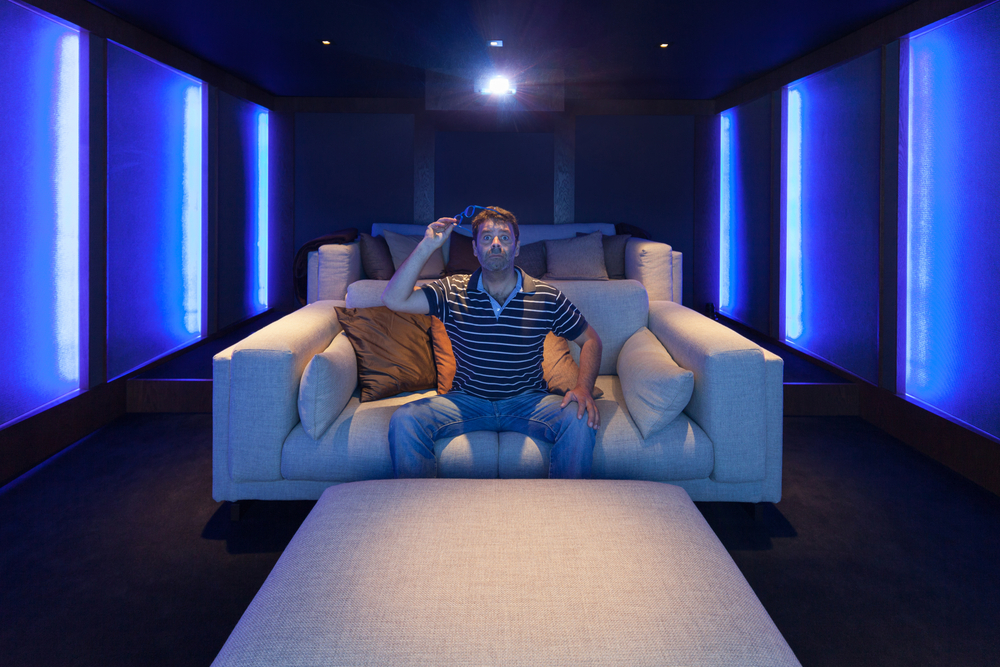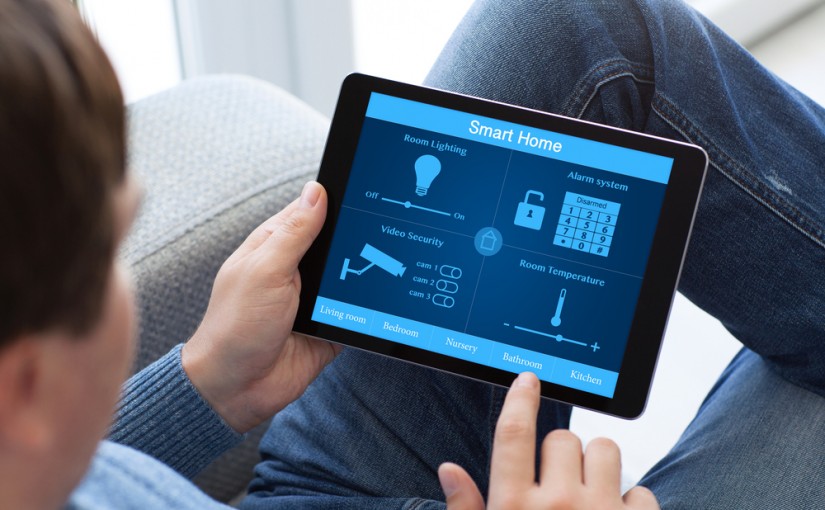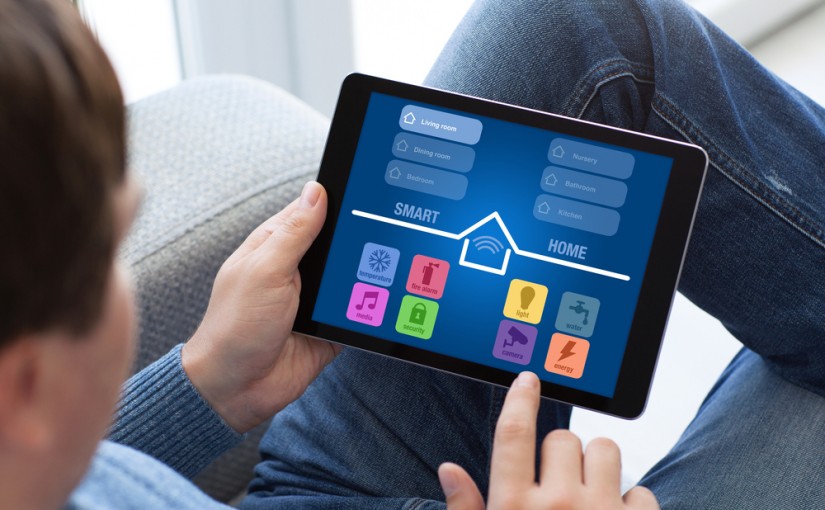The Winter Olympics are just around the corner and that’s the perfect excuse to finally get that home theater you’ve always wanted. The only question is, how do you pull it off? Like any other major home improvement project, there are several key decisions that need to be made. Here are a few suggestions you can use to pick your screen type, seating, and sound.
Screen Type
One of the most important features of a home theater is the screen. After all, it’s what everyone will be staring at when they’re enjoying the new space. When picking the screen, you’ll need to decide if you want a traditional TV screen or if you want a projector. Going with a projector means you can get a much bigger picture without having to spend extra money, but it also means you’ll have to keep the lights off and inevitably yell “down in front” from time to time. A TV screen gives you a better picture in well-lit situations, but it will limit you on the size of the screen.
Seating
Lots of people opt for the classic recliners for their home theater. This is a great way to make sure everyone has the most comfortable seat in the house, but it limits you to the number of people you can seat based on how many recliners there are. Going for couches gives you more versatility in how many people you can cram in the room.
Sound
If you want a full-blown movie theater experience, there’s no substitute for a surround sound system. However, pairing a high-end sound bar with a subwoofer can be a great alternative if you’re looking to save some money. The technology in the newer sound bars is pretty impressive and if you’re working with a smaller room, you often can’t tell the difference between surround sound and a sound bar.












